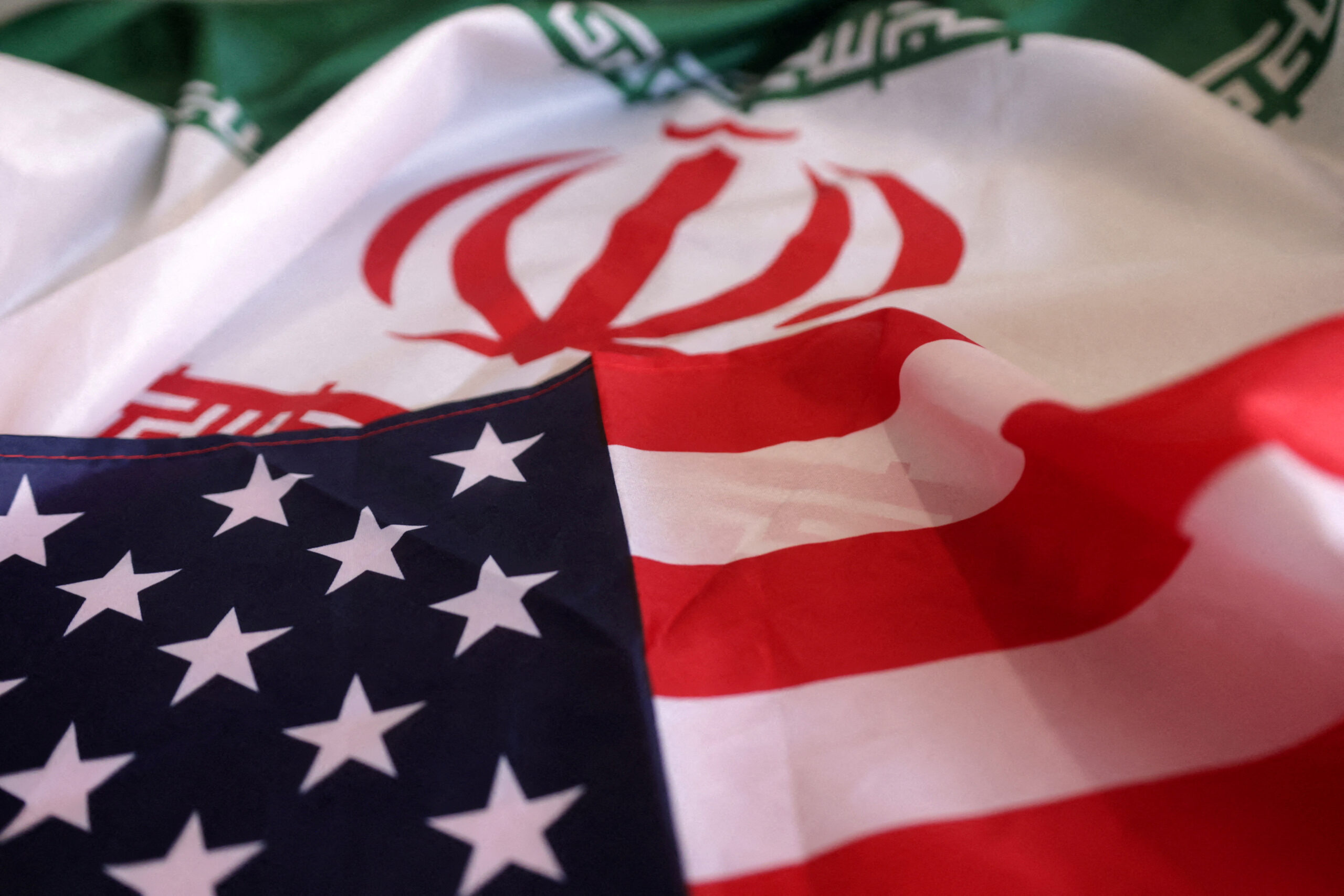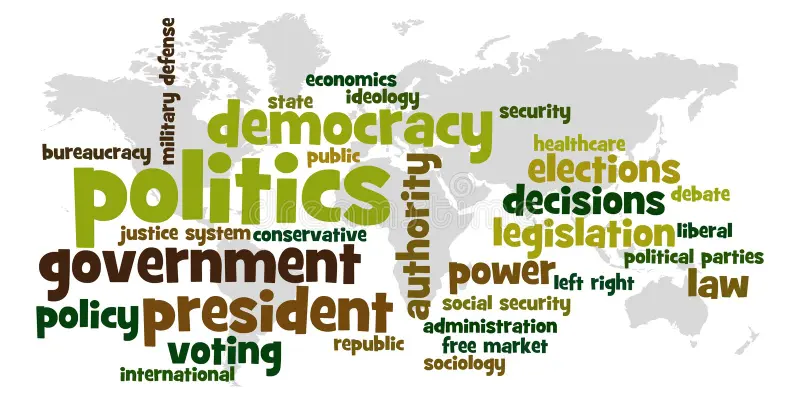Khalid Mahmood Awan
A unitary nation-state is a predominant form of political organization worldwide, with numerous countries following this system, such as Bulgaria, France, Great Britain, Japan, and various Latin American and African nations. In a unitary system, the central government holds most of the power, and any administrative divisions only have powers that the central government chooses to delegate. However, there are significant variations in how central governments engage with their territorial subunits in unitary systems.
For example, in Great Britain, there exists a form of decentralization that resembles federal arrangements in practice despite not being constitutionally defined as such. This involves a complex web of regional autonomy in the relationships between Northern Ireland, Wales, Scotland, and the national government in London. Elected local governments in Great Britain hold substantial influence within the British governmental system despite theoretically being subject to control by Parliament.
In contrast, some unitary systems, such as pre-1982 France, emphasize strict central supervision of locally elected governments. In this administrative structure, préfets and sous-préfets wielded executive powers over the divisional governments, showcasing the strong and unyielding control of the central government.
Additionally, certain unitary systems offer only symbolic decentralization, with territorial subdivisions predominantly managed by appointees of the central government, resulting in minimal involvement of locally elected officials. This was observed in Germany under Adolf Hitler and in several formerly communist countries.
On the other hand, federal systems involve the distribution of political authority between two distinct sets of governments with direct influence on the population. These systems establish a constitutional delineation of power between the central government and provincial governments, which possess independent authority within their respective regions. Countries such as Russia, Canada, the United States, Brazil, and others embrace this federal structure, each with its own unique governmental structures and political processes.
For instance, Switzerland’s federal system unites culturally distinct cantons and demi cantons and has a federal government comprising a bicameral legislature, an executive branch elected jointly by both legislative chambers, and a supreme court that adjudicates matters concerning cantonal and federal relations. This reflects the country’s cultural divisions and linguistic diversity.
In the Russian Federation, federal arrangements provide varying levels of autonomy for ethnic minorities in formulating local policies and preserving their cultures. The national government consists of the executive branch, led by the nationally elected president, the Parliament, and a judiciary that resolves constitutional matters.
In summary, unitary and federal systems represent diverse approaches to central government interaction with subnational units, each with significant implications for policy-making and public service delivery. The differences in governance structures highlight the broad spectrum of regional autonomy and local decision-making power within nation-states, showcasing the rich diversity in political organizations worldwide.
Unitary nation-states represent a predominant form of political organization worldwide, with numerous countries adhering to this system, including Bulgaria, France, Great Britain, Japan, and various Latin American and African nations. While these countries share the unitary framework, there are considerable differences in how their central governments engage with their territorial subunits.
In some unitary systems, such as that of Great Britain, a form of decentralization exists that, in practice, resembles federal arrangements, despite not being constitutionally defined as such. This is not a simple case of decentralization, but a complex web of regional autonomy in the relationships between Northern Ireland, Wales, Scotland, and the national government in London. The intricate network of elected local governments, while theoretically subject to control by Parliament, holds substantial influence within the British governmental system, offering a fascinating study of power dynamics.
In contrast, certain unitary systems exhibit less emphasis on territorial decentralization, instead relying on strict central supervision of locally elected governments. A pertinent example is pre-1982 France, where the administrative structure revolved around départements, each guided by a préfet, and subdivisions known as arrondissements, each overseen by a sous-préfet. Unlike the British model, the préfets and sous-préfets were not just appointed, but wielded executive powers over the divisional governments, demonstrating the strong and unyielding control of the central government.
Additionally, some unitary systems offer only symbolic decentralization, with territorial subdivisions being predominantly managed by appointees of the central government, resulting in minimal involvement of locally elected officers. This arrangement was observed in Germany under Adolf Hitler and in several formerly communist countries, where officials responsible for local affairs were largely chosen or approved by the centrally organized parties or government, leaving little room for local voices to be heard.
These various models of unitary systems underscore the diverse approaches to central government interaction with subnational units, highlighting the broad spectrum of regional autonomy and local decision-making power within unitary nation-states. These differences in governance structures have significant implications for policy-making and the delivery of public services, with some systems allowing for more local input and decision-making, while others maintain a more centralized control.
In federal systems, the distribution of political authority involves two distinct sets of governments with direct influence on the population. Typically, these systems establish a constitutional delineation of power between the central government, which governs the entire national territory, and provincial governments, which possess independent authority within their respective regions. Some of the largest countries globally, such as Russia, Canada, the United States, Brazil, Australia, India, and Argentina, embrace this federal structure. Additionally, countries like Austria, Belgium, Ethiopia, Germany, Malaysia, Mexico, Nigeria, Pakistan, Switzerland, the United Arab Emirates, and Venezuela are also organized on a federal basis.
These federal systems display considerable diversity in their governmental structures and political processes. For example, in Switzerland, the federal system unites 26 culturally distinct cantons and demi cantons, each featuring a unique historical and cultural background. The federal government in Switzerland comprises a bicameral legislature representing the people and constituent members, an executive branch elected jointly by both legislative chambers, and a supreme court that adjudicates matters concerning cantonal and federal relations. This arrangement reflects the clear cultural divisions within the country, as well as its complex linguistic diversity, which includes German, French, Italian, and Romansh.
On the other hand, the Russian Federation’s federal arrangements reflect the country’s cultural and linguistic diversity, providing varying levels of autonomy for ethnic minorities in formulating local policies and preserving their cultures. These arrangements owe their existence to the historical occupation of territories by ethnic minorities, some of which were integrated into the Russian Empire centuries ago, while others resisted occupation until the late 19th century. The Russian national government consists of the executive branch, led by the nationally elected president, the Parliament, and a judiciary that resolves constitutional matters.
In some federal systems, such as the United States, federal arrangements coexist with a high degree of cultural homogeneity. The US Constitution allocates specific responsibilities to the federal government concerning matters that affect the entire population, while other functions are either shared or reserved for the states. This arrangement requires separate political officers, judicial systems, and taxation systems at both levels of government but also necessitates extensive cooperation between the federal government and the states in various governmental functions, fostering a closely interconnected relationship between the two levels of government.

















